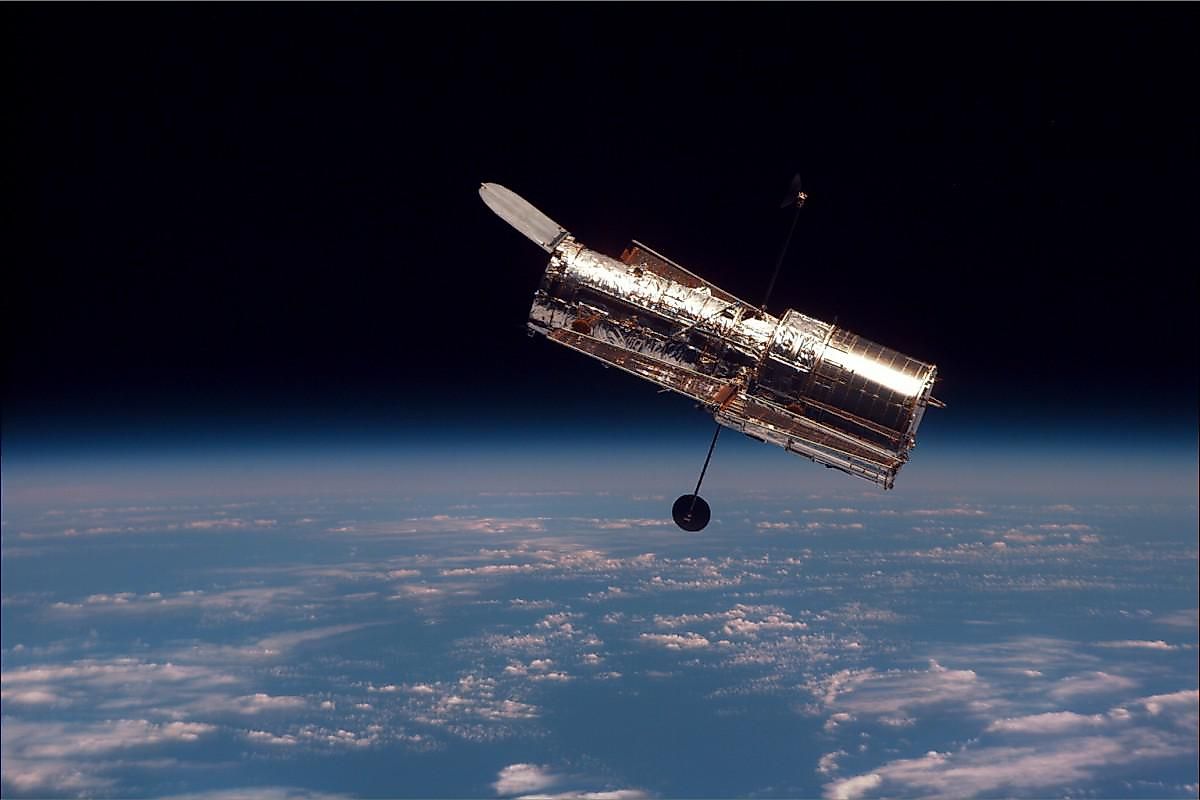
World’s 5 Strongest Telescopes
Our knowledge of the universe derives primarily through telescopes. Telescopes allow us to see deeper into the universe than we can with the naked eye. There are many Earth-based telescopes, yet how is the strength of a telescope determined? There are a few factors that directly play into this question: the altitude at which an observatory is located, as well as the size of the mirror. Here are the five strongest telescopes on Earth and in space.
5. Fermi Gamma Ray Space Telescope (GLAST)
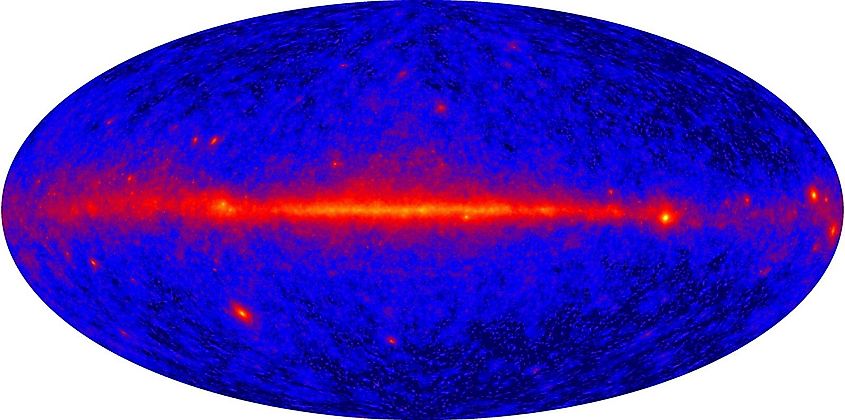
The Fermi Gamma Ray Space Telescope (GLAST) detects gamma radiation. Gamma rays are the shortest wavelength of light and are generally emitted by high energy processes in space. Gamma rays are typically absorbed by Earth's atmosphere. In order for this telescope to properly research gamma rays, it was placed outside of Earth’s atmosphere. By collecting gamma rays, GLAST can learn more about supermassive black holes, neutron stars, and quasars. Launched in 2008, GLAST is still operational today.
4. Spitzer Space Telescope
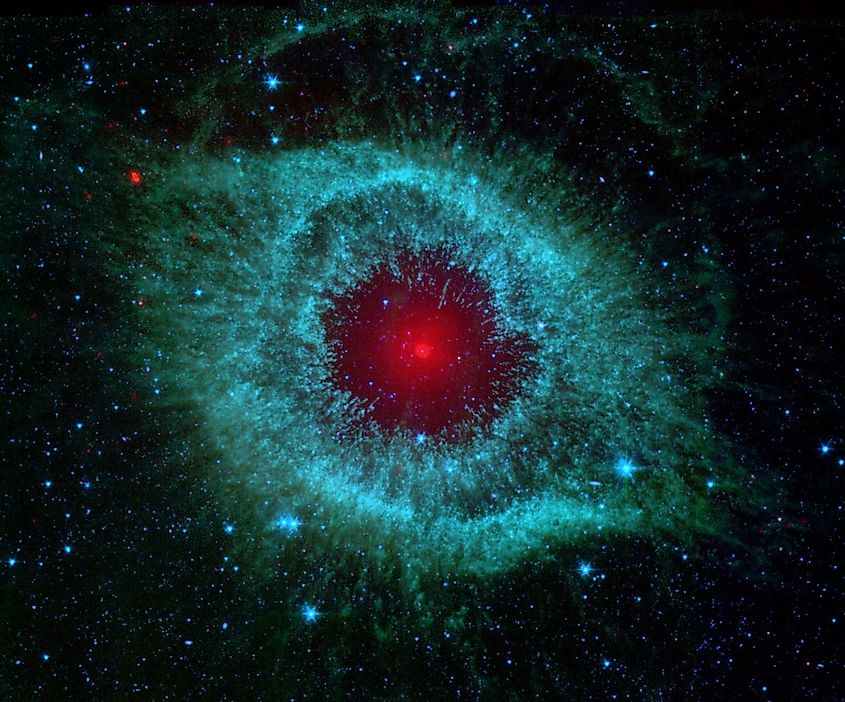
Spitzer was a telescope designed to see in the infrared wavelength. Optical telescopes can be limited in the information they gather, as they are limited to the optical wavelengths of light. This telescope has allowed scientists to see regions of space that optical telescopes are unable to see. Spitzer was placed in an orbit different from other telescopes. Rather than orbiting Earth, Spitzer orbits the sun in a heliocentric orbit. Spitzer's heliocentric orbit causes it to move 0.1 Astronomical Units further from the Earth per year. This equates to about 10-million miles. This specific telescope was placed in orbit because infrared telescopes produce a lot of heat but must remain cold in order to collect data. Spitzer releases its excess heat into the vacuum of space, making it so the telescope uses minimal coolant in the form of liquid helium. After operating for 16 years, the Spitzer Space telescope was taken out of operation in 2020.
3. Keck Telescope
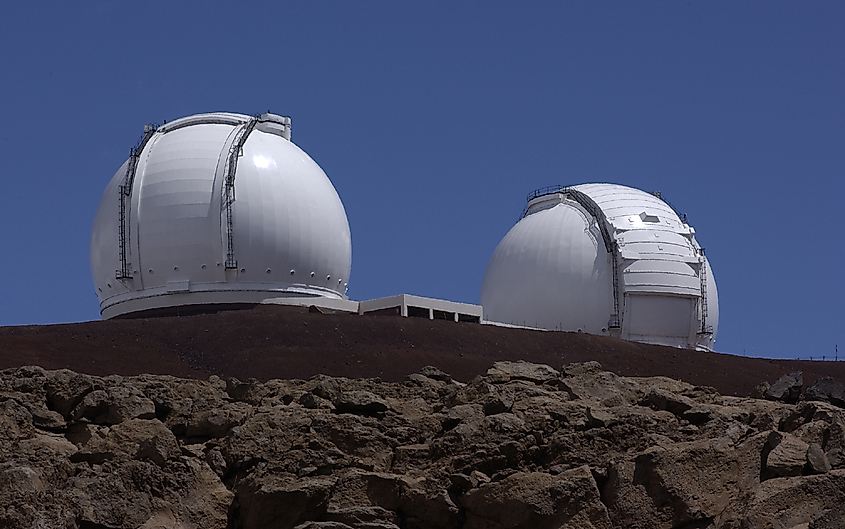
The only telescope on this list located on Earth, the Keck Telescope is jointly operated by Caltech and the University of California on the mountain of Mauna Kea in Hawaii. Built in 1992 (Keck 1) and 1996 (Keck 2), with a mirror 32.8-feet (10-meters) in diameter, this telescope has a larger mirror than some of the most powerful telescopes in the world. The reason that this telescope makes this list and is considered to be one of the most powerful in the world is due to the altitude. At 13,599-feet above sea level, there is less atmosphere above Mauna Kea than there is at sea level. This makes the atmospheric distortion less than it otherwise would be.
2. Hubble Space Telescope

Launched in 1990, the Hubble Space Telescope gave the public never before seen images of the wonders of space. Hubble has a mirror size of 7.8-feet (2.4-meters) which does not seem very big when compared to some of the Earth-based telescopes, some of which having mirrors in the 330-foot range. So why is Hubble as powerful as it is? There is a really simple answer to this: the atmosphere. When a telescope is on Earth, it has to fight with the Earth’s atmosphere in order to see through it. This is known as atmospheric distortion. Basically, as light moves through the atmosphere it is slightly displaced, which causes the data extracted to have a higher margin of error. Hubble is in a unique position above the atmosphere where it does not have to deal with atmospheric distortion. This is why Hubble has been able to take such clear photos with a fairly small mirror.
1. James Webb Space Telescope
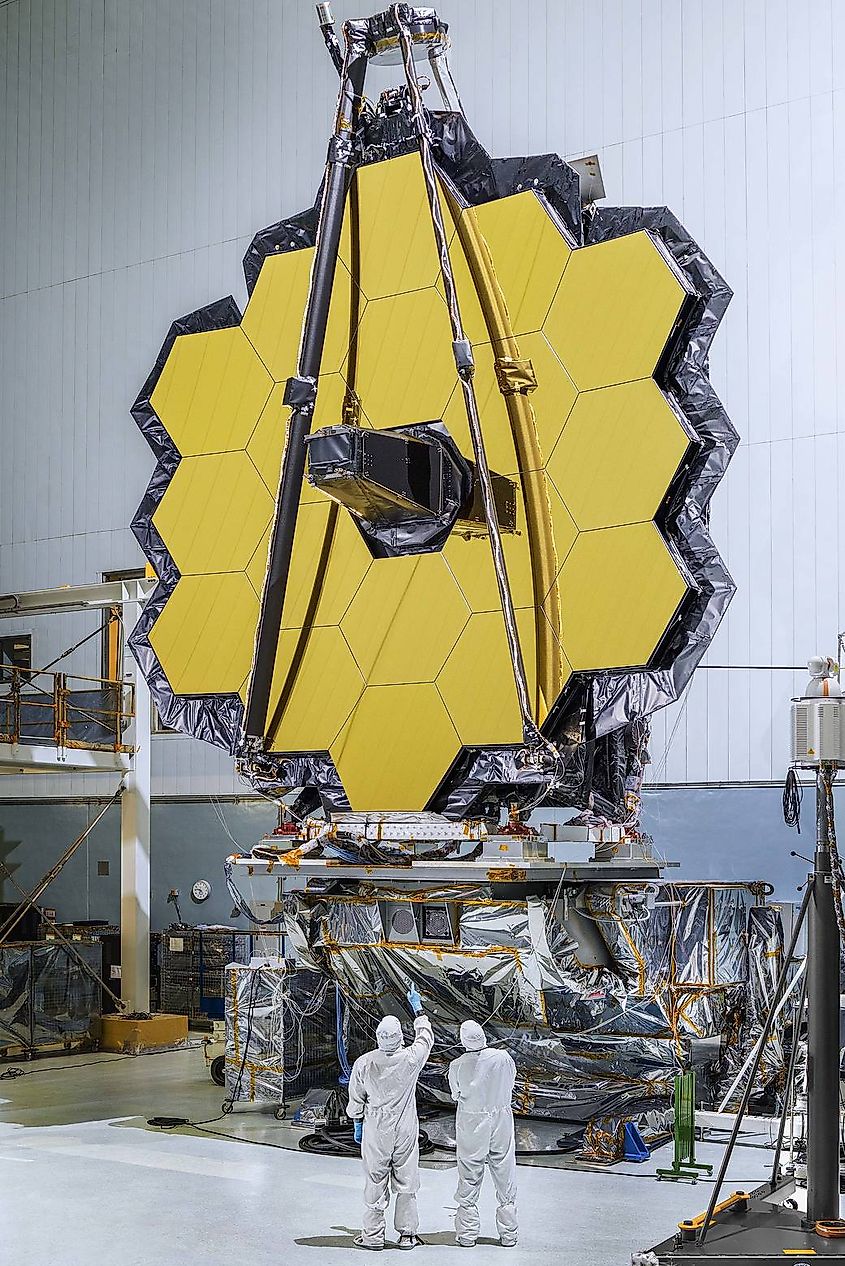
The James Webb Space Telescope went into orbit around the sun at the end of 2021. Orbiting a million miles (1.5-million kilometers) above the Earth, with a mirror 21-feet and 4-inches wide, James Webb is by far the most powerful telescope available to scientists. It is able to see 13.6-billion light years away. For reference, Hubble can see about 10-billion light years away. Its two primary objectives are to study the early universe and the atmospheres of exoplanets. As this telescope has been in orbit less than a year, James Webb is bound to discover many untold truths of the universe.
Strongest Telescopes In The World
| Telescope | Date Launched | Location | Altitude | Mirror Size |
|---|---|---|---|---|
|
James Webb Space Telescope |
2021 |
In orbit around the Sun |
One million miles (1.5-million km) away from the Earth |
21.33-feet in diameter (6.5-meters) |
|
Hubble Space Telescope |
1990 |
In orbit just above Earth's atmosphere |
339.89-miles (547-kilometers) above Earth’s surface |
7.8-feet in diameter (2.4-meters) |
|
Keck Telescope |
1992-1996 |
Mauna Kea, Hawaii |
2.57-miles (4.1-kilometers) above sea level |
32.8-feet in diameter (10-meters) |
|
Spitzer Space Telescope |
2003 |
In heliocentric orbit around Earth |
352.9-miles (568-kilometers) above Earth's surface |
33-inches in diameter (85-centimeters) |
|
Fermi Gamma Ray Space Telescope |
2008 |
In low Earth orbit |
347.9-miles (560-kilometers) above Earth's surface |
No Mirror |











